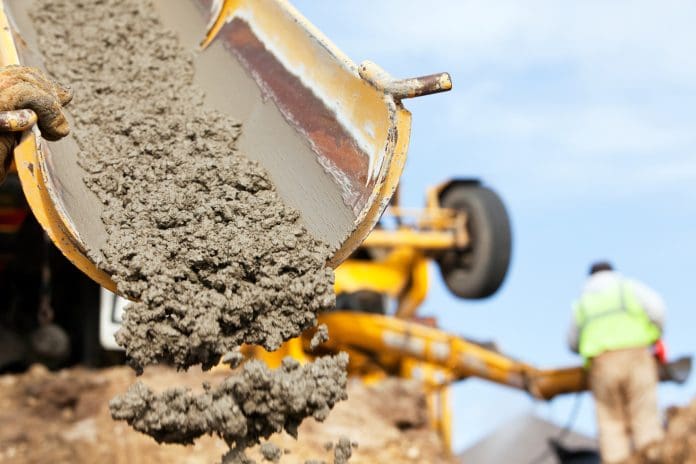The Cement 2 Zero project has completed its first trial melt, aiming to develop large-scale zero-emissions cement production
The Cement 2 Zero project involves collaboration from a range of partners, such as the Materials Processing Institute, University of Cambridge, CELSA Steel UK, Atkins, Balfour Beatty, Day Aggregates, and Tarmac.
The project secured £6.5m in government funding from UK Research and Innovation (UKRI).
Cement 2 Zero continues to experiment with materials
The trial melt was completed using a seven-tonne Electric Arc Furnace (EAF) at the Materials Processing Institute. Three more melts are planned before industrial-scale trials at CELSA’s EAF in Cardiff.
Dr Cyrille Dunant’s discovery at the University of Cambridge forms the basis of the process, using recycled cement as a flux to produce ‘zero-emissions‘ cement. The pilot-scale EAF experiments use recycled cement processed by Day Aggregates and LKAB, with scrap steel inputs from CELSA.
Testing and refining the process is ongoing, with Tarmac assessing the new clinker’s properties. Balfour Beatty and Atkins are developing applications for the material.
Greener cement can help decarbonise the construction industry
“The preliminary findings are encouraging in terms of providing the project team with a much greater understanding of the process and how it can be improved and scaled,” said Chris McDonald, CEO of the Materials Processing Institute, highlighting the transition from laboratory to large-scale testing enabled by their seven-tonne EAF.
“The initial trial melt is a critical part of the project and a huge step towards creating a more efficient, environmentally friendly, and resource-conscious manufacturing process contributing to the decarbonisation of the construction, cement and steel sectors,” he continued.
“CELSA UK is pleased to be working with the Materials Processing Institute and the University of Cambridge on the Cement 2 Zero project,” added Carles Rovira, CEO of CELSA UK.
“This phase of the project, with trials on the seven-tonne Electric Arc Furnace at the Institute, has started to provide CELSA with relevant insight as to whether the lime replacement material will function for steel making at an industrial scale,” she concluded.

















